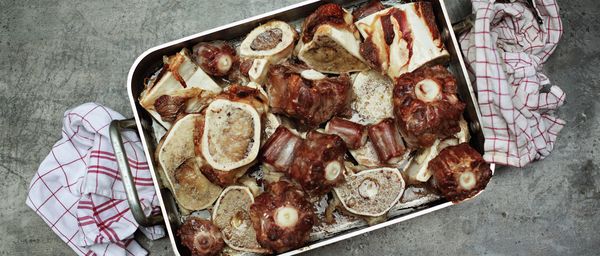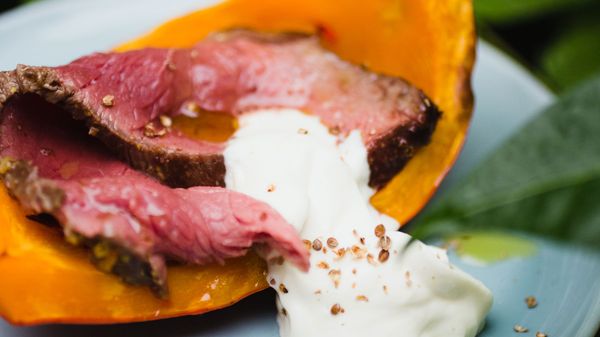
HAVE YOU EVER CHEWED DOWN ON TRIPE, CHOMPED ON TONGUE OR SIPPED MARROWBONE BROTH? THESE CLASSIC DISHES ARE LONG DUE A REVIVAL BECAUSE OF THEIR FANTASTIC FLAVOUR.
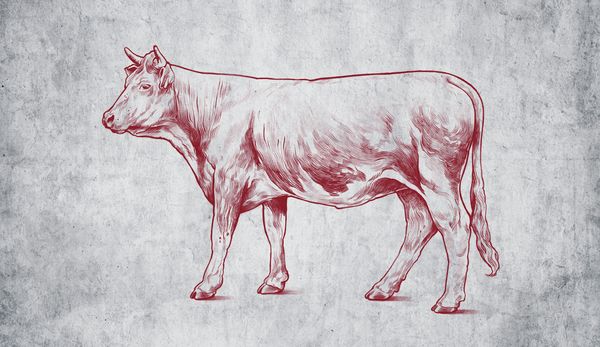
1. Oi, cheeky!
Braised gently, cow’s cheek is the most tender cut of beef. It’s pure muscle, which means it needs a long, slow cook: but after three hours in the pot, the result is so soft it can be eaten with a spoon. Ox cheeks are currently undergoing a real revival in Michelin-starred kitchens. They’re difficult to get a hold of because industrial-scale slaughterhouses work on speed and it takes a lot of time and skill to slice the meat out of the cheekbone. But the internet helps, with on- line butchers offering pretty much every part of the cow.
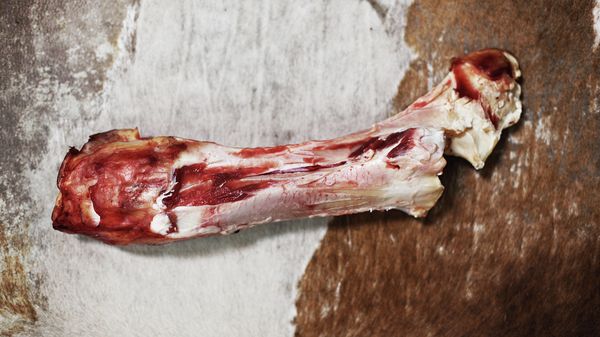
2. To the bare bones
The new trend food in the US is “bone broth”, and when chef Marco Canoras makes his tasty version, he has fans queuing around the block at his restaurant Brodo. Yet the recipe is as simple as it is old. Your granny would have known how to simmer marrowbones to get a savoury stock. As they cook, the bones give off their aroma, minerals and proteins into the water, turning it into a potent broth. Beef stock is packed with nutrients, and that’s why your granny would have served broth during the flu season.
3. Tip of the tongue
Officially an offal cut, like stomachs and hearts, tongues are composed almost entirely of muscle tissue. Tongue is tender and has a gentle flavour. Fresh, cured or smoked, tongue is usually braised or stewed.
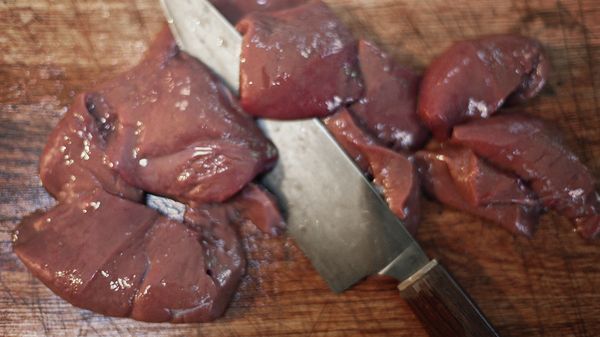
4. Ofally good
There’s no risk from eating the insides of animals; in fact, they’re a healthy choice, with plenty of vitamins and minerals. Hearts, for example, are nothing but muscle, making them fat-free and as tender and savoury as you can get after a long, slow cook. Braised in red wine, heart isn’t even particularly hard to make. Kidneys, too, are back on the menu in some of the world’s most advanced kitchens. After being soaked in milk or blanched, they can be utterly delicious when cooked right.
5. A load of tripe
One man’s meat is another man’s poison, as they say, and tripe is a classic example of that. It doesn’t look good at all (tripe is cut from one of a cow’s various stomachs), and yet it’s a key ingredient in many cuisines. It’s found in tasty Italian soups, for example, or as tripa, as well as in a Hungarian goulash recipe, an Austrian soup and as tripes in French cookery. Tripe needs several washes before use and a long time on the stove, so butchers tend to offer it prepared to save customers time.

6. Oxtail, ole!
Principally consisting of sinewy connective tissue and containing very little meat, oxtail is generally an ingredient in soups, sources and stews. According to legend, it was first made in France as a ragout, also for the upper crust; having fallen into poverty after the Revolution, a French aristocrat is said to have cooked it for lack of other meat. The way the meat on an oxtail drops off the bone after cooking made it just right for use in soups, and French cooks then brought it to Britain.
